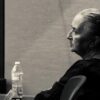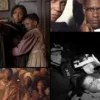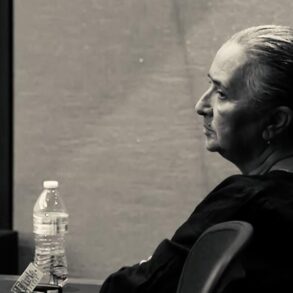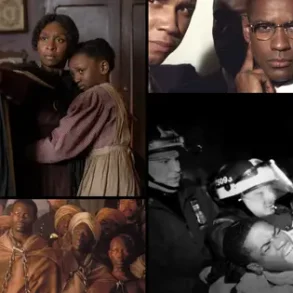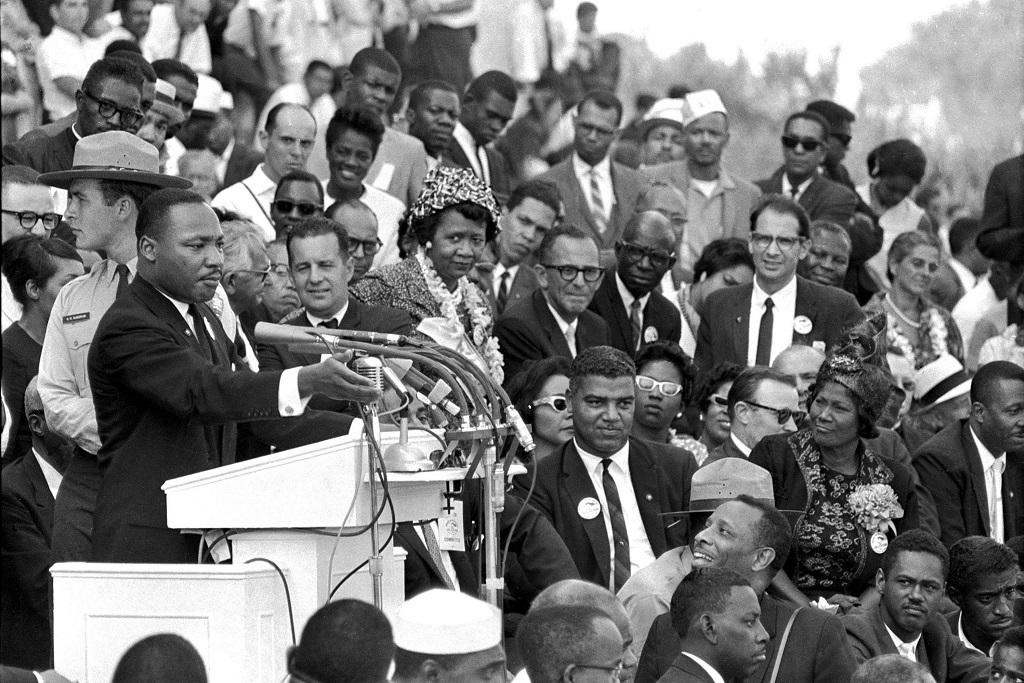
In the summer of 1963, I was 17 years old and working in Washington, D.C., with a solid-state physics team at the U.S. Naval Research Laboratory. I had just finished my first year of college, where many of my fellow students were already active in the local civil rights movement.
My apartment was just a short walk from the gathering place for the march—the Washington Monument—and I could get the day off from work. I wanted to see for myself and to participate in what promised to be a very important event, judging from the buzz in the days before about the number of people who were coming.
The timing of the march was deliberate. The organizations that dominated the civil rights movement until then mainly worked in and with established institutions—churches, courts, business and labor organizations, and the Democratic Party. Beginning in the early 1960s, a younger generation of college students began to engage in nonviolent direct action, such as sit-ins to integrate Southern lunch counters and protest marches in front of grocery stores that had no Black employees.
These nonviolent actions, and the televised violent backlashes by segregationist Southerners, brought national attention to the civil rights movement and led President Kennedy to propose a new law to outlaw racial discrimination. The march’s organizers succeeded in bringing the disparate civil rights organizations together so they could place greater pressure on the White House and Congress to strengthen and pass the bill.
A direct line from the march extends to the 1966 amendments that increased and vastly expanded the reach of the federal minimum wage.
As soon as I started walking from my apartment toward the Washington Monument, I saw streams and streams of people getting off dozens of buses that had parked in outlying areas. Each one sported a sign in front denoting its city of origin—Detroit, Chicago, Nashville, New York City, and many others. More parked buses surrounded the Monument area. Over 2,000 buses arrived in Washington that day. Tens of thousands of marchers arrived on chartered trains, from all over the United States.
The gathering point before the march was the large lawn area around the Washington Monument. The program at the Monument consisted mainly of civil rights songs by famous folk singers—Pete Seeger, Joan Baez, Bob Dylan, Odetta, the Freedom Singers, Peter, Paul and Mary. When I arrived, the crowd had already filled the large lawn area around the Monument and most of the length of the National Mall. Following the singers’ program, we began to march down Independence Avenue toward the Lincoln Memorial. As we walked, there was less and less room to move. I ended up some distance from the speaker stand at the Lincoln Memorial steps.
Many of the marchers were carrying preprinted signs with messages demanding racial equality, especially in jobs, housing, and voting rights. They also demanded jobs for all and higher pay. Racial justice and equality and economic justice and equality were intertwined with each other as the march’s demands.
Many of those signs included the names of unions, such as the Retail, Wholesale and Department Store Union of New York (RWDSU). Many people carried signs that named the United Automobile Workers (UAW), which I learned later was the main funder of the march. Walter Reuther, then the head of the UAW, had played a major role in structuring labor-management peace in the late 1940s; his union was especially welcoming to Black workers. Reuther and representatives of six civil rights and three faith organizations were key organizers and were the speakers at the march’s rally at the Lincoln Memorial.
The march focused on ten demands. Most were about ending segregation and protecting Black voter rights in the South. Another called for jobs for all. Still another called for nearly doubling the minimum wage to $2 per hour and extending it to all jobs. ($2 in 1963 is equivalent in buying power to about $19.50 today.) The 1938 law that established a federal minimum wage had excluded domestic and agricultural workers and workers in low-paid services, the main jobs held by Blacks in the South (and held by many white workers as well). The civil rights organizations that organized the march sought both to increase the minimum wage and extend it to the workers who’d been excluded. A direct line from the march extends to the 1966 amendments that increased and vastly expanded the reach of the federal minimum wage.
I was most looking forward to hearing the speech of John Lewis, the young head of the Student Nonviolent Coordinating Committee (SNCC). Lewis was an eloquent speaker, remembered for leading the Selma March in 1965 and, later, for serving for decades in the U.S. Congress.
SNCC provided training and a structure for many young organizers who were doing the important day-to-day work of advancing civil rights in the South. They were running freedom schools, they were conducting the freedom bus rides, organizing the college students who sat in to integrate lunch counters, registering Blacks to vote. Those activities were almost entirely carried out by SNCC.
Lewis’s speech that day opened by acknowledging the many Black workers whose low wages kept them from attending. He then proceeded to discuss the need not only to pass, but also to strengthen, the White House’s civil rights bill, especially the sections on protecting the right to vote. Although SNCC emphasized direct action over working within the political system, Lewis recognized that the federal government could be an important ally.
King’s speech was of course eloquent and received rousing applause, including from me, and it has become the symbol of the event. Yet I wasn’t that impressed by its content. Many of my fellow college students thought that King was a great orator and inspirer. Yes, he had also been directly involved in direct action to desegregate Birmingham, Alabama. But King and his organization were not much involved in conducting the day-to-day local organizing that constituted the heart of the civil rights movement. His “I Have a Dream” theme appeared especially utopian when Southern civil rights activists were being beaten and killed.
Still, King’s grand rhetoric is exactly what has made it so memorable. At the time, I thought that John Lewis’s speech, with his specific calls to strengthen the Civil Rights Act, would be much more significant than King’s. I did not recognize that social movements need an inspiring long-term vision no less than winnable immediate goals.
Even more than by the speeches, I was awed by the sheer number of people and their signs. They taught me that the success of the March resulted from the hard work of civil rights and labor organizations. It wasn’t a spontaneous event. The march was so large and significant because organizers arranged those chartered buses and trains and all those premade signs. It wasn’t just a lot of people saying, hey, let’s take the bus to Washington, although there were plenty of people who did that too.
The march ushered in much-needed changes in our nation’s race relations, leading directly to the enactment of the Civil Rights Act in 1964 and the Voting Rights Act in 1965. On the other hand, improvements in racial economic equality were less dramatic, and they mainly ended in the early 1980s. Our criminal justice system too often still treats Black people unfairly. The Supreme Court has dismantled much of the Voting Rights Act and weakened the ability of educational institutions to redress past racial discrimination and violence. The leaders of today’s Republican Party are working actively to reverse racial progress and to set whites against Blacks.
King famously said that “the arc of the moral universe is long, but it bends toward justice.” I am not sure that even King understood quite how long that arc would be. The historical regression in the past two or three decades makes one question whether he was right.
In the summer of 1963, I’d been given major responsibility for an important physics research project at the Naval Research Laboratory, which I soon discovered had built the Vanguard satellite. I’d been one of those kids who’d decided, in the wake of Sputnik and those satellites, to become a physicist.
But participating in the march made clear to me how much I also wanted to work to advance social justice. I began to take more economics classes and became more involved in student protests. I went to graduate school in economics at Harvard, where I taught the first classes on the economics of race and discrimination and wrote my dissertation and my first book on that subject. Much of my career as a Berkeley economics professor has focused on understanding economic inequality and what works to reduce it.
Just a couple of weeks ago, my daughter was driving through Washington, D.C., with her two kids, who are three and a half and six. As they were driving past the Washington Monument, they listened to a podcast about the 1963 march. My daughter told them: “Your grandpa was there; he was one of the marchers.” Apparently, they beamed.
The March on Washington changed the nation’s life. It changed my life, too.
This post was originally published on this site be sure to check out more of their content.

